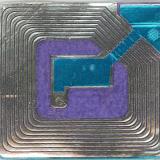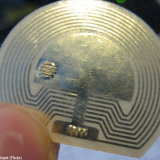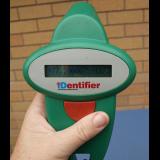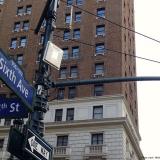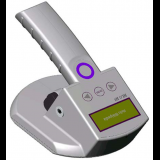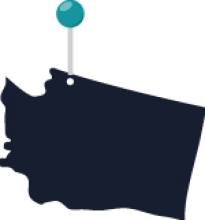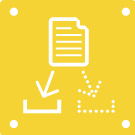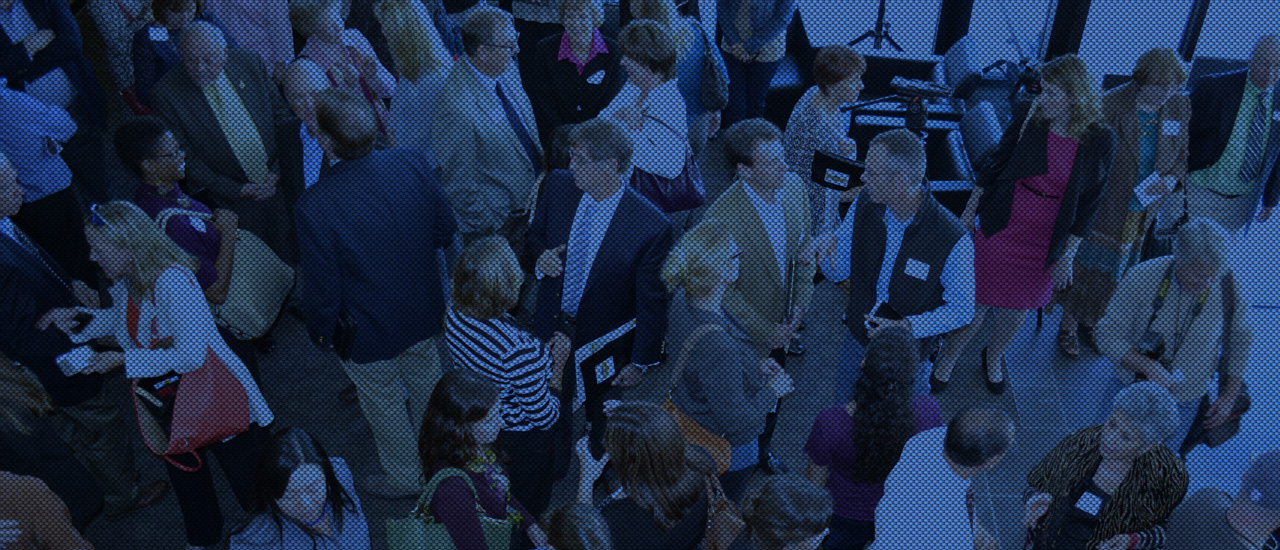
Image Gallery
Companies and government agencies use RFID to track people and inventory as they move. Many types of consumer products, from computers and mp3 players to clothing and pharmaceuticals, contain tiny RFID tags that allow companies to track them through the supply chain. Similarly, tags embedded in passports allow the government to track how those things move. Moreover, many agencies require employees and visitors to carry RFID-enabled identification cards, which contain a person’s name, employment number, address, or telephone number. Many transit agencies now use RFID-enabled payment cards. A few school districts have even proposed outfitting students with RFID chips in their clothing or school IDs to take attendance and track student movements.
CIVIL LIBERTIES CONCERNS
Many companies began using RFID in the 1980s to track items through lines of production. Governments quickly recognized the law enforcement potential of the technology.
- An RFID system has two parts: the tag and the reader. The tag is attached to an object or person and contains a chip with some piece of relevant information. The reader activates the tag in order to read and display the information contained on the chip.
- Most RFID tags are “passive.” They contain no independent power source and emit a signal only when activated by an RFID reader. These signals can travel upwards to a 150 feet, and easily pass through walls and doors.
The chips in these tags may contain sensitive information unique to the individuals carrying them. Companies and agencies often write names, social security numbers, home or work addresses, or contact information into the chips.
RFID is gaining prevalence within the government. Tags are present in all new U.S. passports, contained in our Washington state enhanced driver’s license, often used in access cards for government buildings and frequently used in public transit payment cards A few school officials have proposed the idea of tracking students with RFID chips. RFID tracking of students would enable teachers and administrators to watch students in their peer groups, visiting the school nurse or counselor, or even making a trip to the restroom.
Examples of Use
When government agencies consider acquiring and using surveillance systems, communities and their elected officials must both weigh the benefits against the costs to civil liberties and carefully craft policies and procedures that help to limit the negative effects that surveillance will have on fundamental rights. For a useful list of considerations, please visit the recommendations page.
